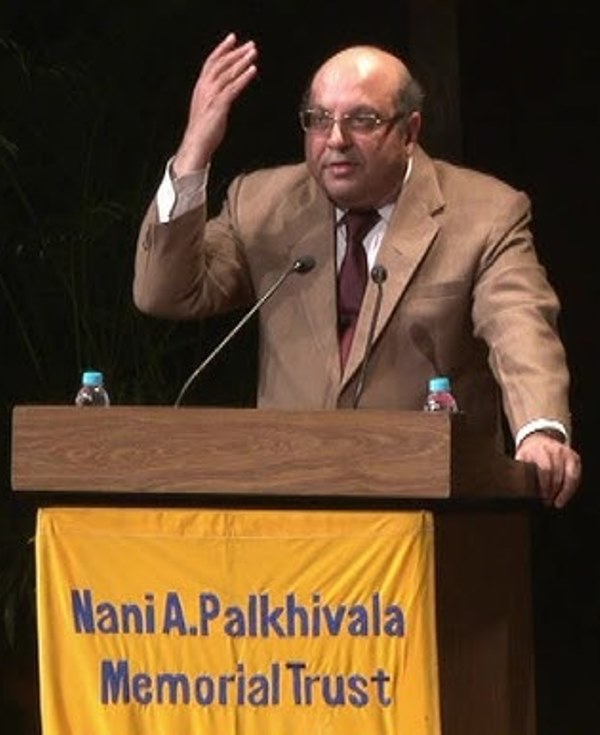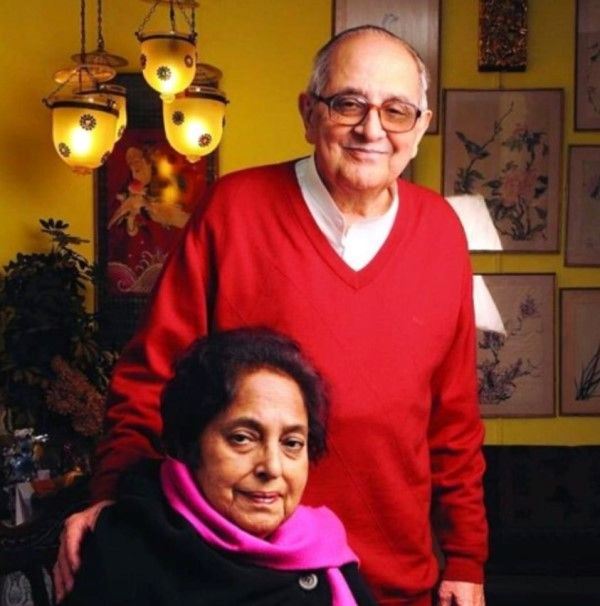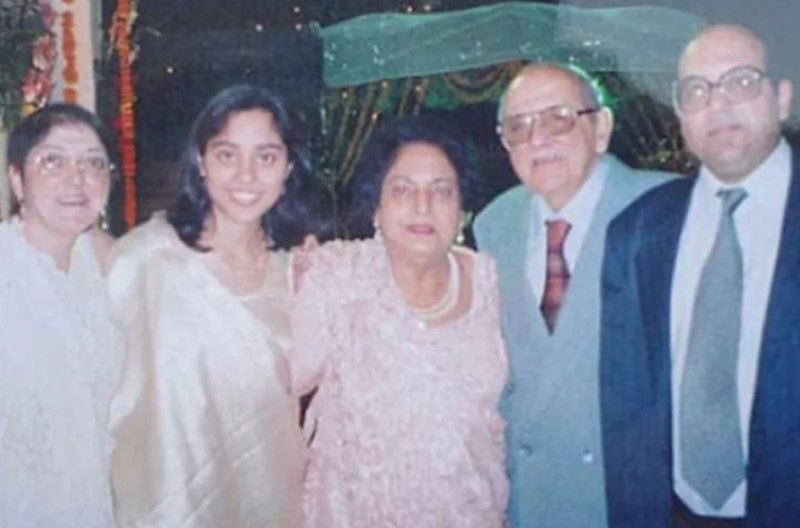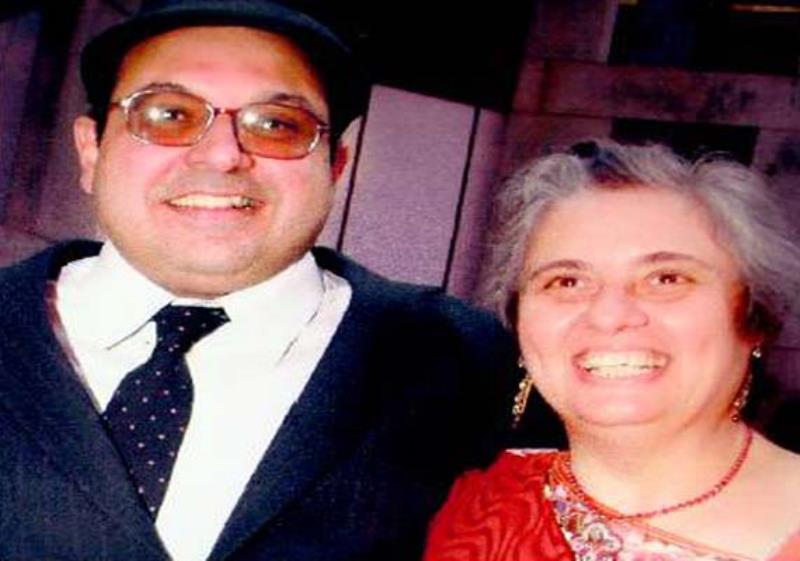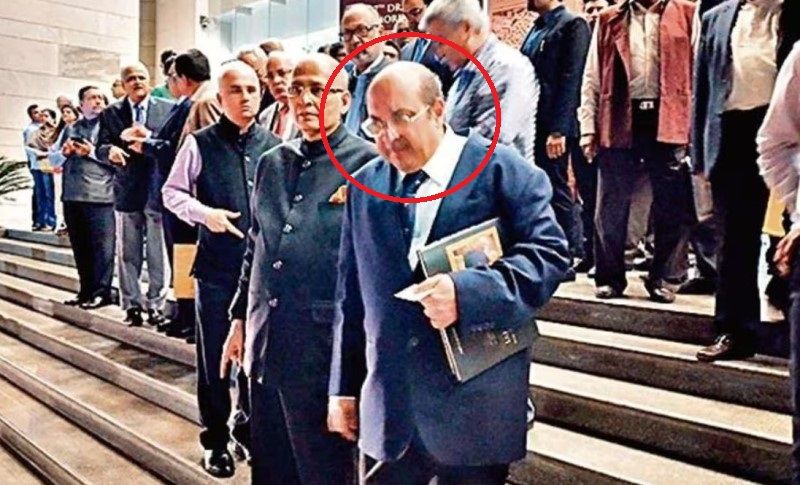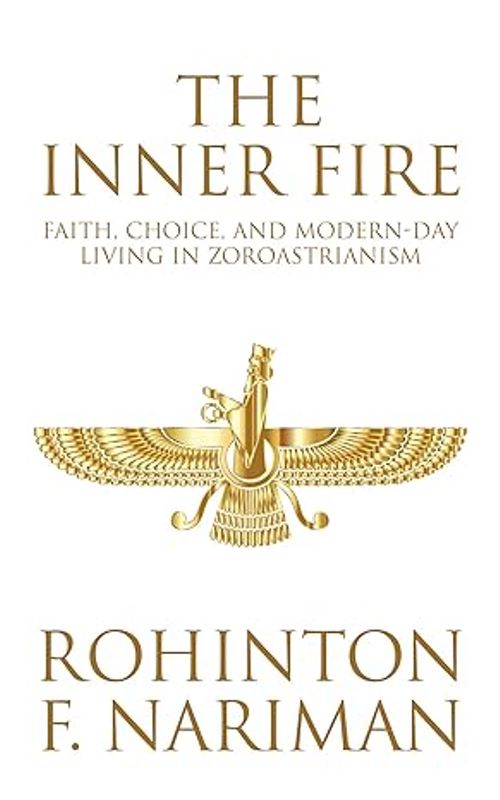Rohinton Fali Nariman is a former judge of the Supreme Court of India. He is the son of the late Indian jurist Fali S Nariman.
Contents
Wiki/Biography
Rohinton Fali Nariman was born on Monday, 13 August 1956 (age 68 years; as of 2024) in Bombay, Bombay State (now Mumbai, Maharashtra), India. His zodiac sign is Leo. He attended the Cathedral and John Connon School in Mumbai. Nariman did B.Com. degree from Shri Ram College of Commerce in Delhi. He pursued his Bachelor of Laws at the Campus Law Centre of the Faculty of Law, University of Delhi, where he secured 2nd position in his batch. From 1980 to 1981, he did his Master of Laws (L.L.M.) at Harvard Law School, where renowned professors such as Laurence Tribe and Roberto Mangabeira Unger taught him. [1]Supreme Court Observer
Physical Appearance
Height (approx.): 5′ 10″
Hair Colour: Black (semi-bald)
Eye Colour: Dark Brown
Family
He belongs to a Parsi family. [2]The Print [3]The New Indian Express
Parents & Siblings
His father, Fali Sam Nariman, was an Indian jurist and veteran senior advocate of the Supreme Court, died at the age of 95 on 21 February 2024. [4]The New Indian Express His mother’s name was, Bapsi F. Nariman, who died in 2020. [5]Economic Times He has a sister named Anaheeta.
Wife & Children
He is married to Sanaya Nariman.
Career
Nariman began his career as an advocate in 1979. The Times of India recognized him as one of the top ten lawyers of his era. [6]The Times of India After completing his year at Harvard, he practised maritime law in New York at Haight, Gardner, Poor & Havens for a year. He was appointed as a senior advocate at the Supreme Court of India on 15 December 1993, at the young age of 37. Chief Justice Manepalli Narayana Rao Venkatachaliah amended the rules to appoint Nariman as he was only 37 years old, while the minimum age for senior designation in the Supreme Court was 45. [7]Parsi Khabar Nariman has been practising law for over 30 years and has been credited for more than 500 reported Supreme Court judgments. He is highly skilled in Comparative Constitutional Law and Civil Law. Nariman has argued numerous cases, including significant constitutional bench judgments such as P.A. Inamdar v. State of Maharashtra and State of Punjab v. Devans Modern Breweries Ltd.
He has dealt with the well-known gas-sharing dispute involving Anil Ambani’s Anil Dhirubhai Ambani Group and Mukesh Ambani’s Reliance Industries Limited. [8]The Indian Express He also established the Supreme Court Lawyers Welfare Trust, which aims to promote fresh talent and ensure the well-being of lawyers. At the age of 55, he held the position of the Solicitor General of India. Nariman resigned from his position as Solicitor General of India on 4 February 2013, after serving for eighteen months. The specific reason for his resignation is not publicly known, although it was speculated that he had a strained relationship with the Law Minister Ashwani Kumar. [9]NDTV On 7 July 2014, he was appointed as a judge of the Supreme Court of India. He was the fifth justice to be directly promoted from the Bar to the Supreme Court. [10]Livemint On 12 August 2021, he became eligible for retirement at age 65.
Notable Judgements
Freedom of Speech
The controversial rule that allowed Indian police the authority to arrest anyone for publishing emails or other electronic messaging that ’causes annoyance or inconvenience’ was overturned by the two-judge Supreme Court of India bench, which was made up of Nariman and Jasti Chelameswar. The justices ruled that Section 66A of the Information Technology Act, which imposed a maximum three-year prison sentence for similar offences, was unconstitutional. [11]BBC [12]The Guardian [13]Hindustan Times According to Nariman and Chelameswar,
What may be offensive to one may not be offensive to another. What may cause annoyance or inconvenience to one may not cause annoyance or inconvenience to another.” [14]The Hindu
In their judgment, the judges clarified the need to differentiate between discussion, advocacy, and incitement. They emphasized that any discussion or advocacy, even of an unpopular cause, cannot be restricted. Restrictions are warranted only when such discussion or advocacy escalates to incitement, causing public disorder or threatening the security of the state. [15]Hindustan Times [16]The Hindu
Triple Talaq
In a historic judgement, Justice Nariman’s judgment opposed the practice of Triple Talaq, saying,
Triple Talaq is a disapproved form of divorce. Even Hanafi law deems triple talaq as sinful. The 1937 Act recognizes triple talaq and therefore does not violate Article 13. It is not possible for the court to fold its hands when petitioners come to court. The practice of triple talaq is harmful and can be examined through legislation.” [17]India [18]NDTV
Sabarimala Verdict
In the popular ‘Sabarimala Case,’ he held that the practice prohibiting women of menstruating age from entering the Sabarimala temple violated multiple articles of the Indian Constitution. He said,
Bona fide criticism of a judgment, albeit of the highest court of the land, is certainly permissible, but thwarting, or encouraging persons to thwart, the directions or orders of the highest court cannot be countenanced in our Constitutional scheme of things.” [19]News18 [20]Scroll
Facts/Trivia
- Rohinton Fali Nariman is also referred to as the ‘Renaissance Man’ of the Supreme Court of India. [21]The Hindu
- In November 2016, he released a book titled ‘The Inner Fire: Faith, Choice, and Modern-Day Living in Zoroastrianism,’ which was based on the Zoroastrian religion.
References


